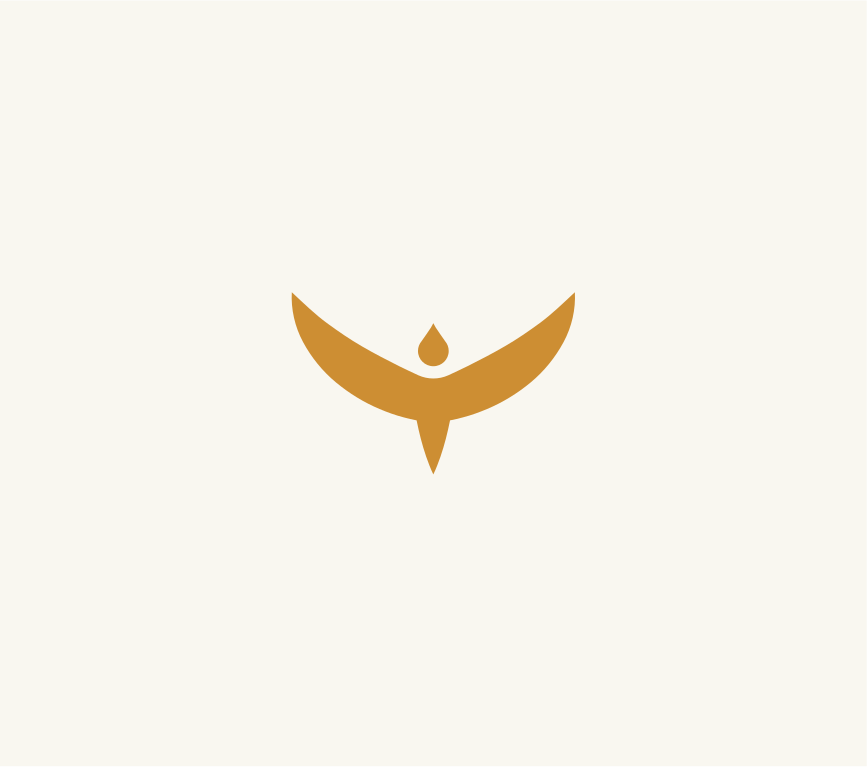Pasiphaë and the Minotaur
Minos married Pasiphaë (Πασιφάη), the daughter of the sun-god Helios and the Oceanid Perse. Minos was the father of four sons, Androgeus, Catreus, Deucalion and Glaucus, and four daughters, Acacallis (Acalle), Xenodice, Ariadne (Ἀριάδνη) and Phaedra (Φαίδρα).
Acacallis unfortunately became pregnant, and was banished to Libya. The father of her son was the god Apollo. Her son was named Amphithemis, but he was often called Garamas.
One day, Minos prayed to Poseidon for creature to sacrifice to the sea-god, Poseidon sent to the king a beautiful white bull from the sea, which became known as the Cretan Bull. However, Minos found the bull so beautiful that he refused to sacrifice the bull to the sea-god. Instead, Minos sacrificed a bull of poorer quality to Poseidon. Minos kept this prized bull for selective breeding with his herd of cows.
To punish Minos for his broken promise, Poseidon made Pasiphaë, Minos' wife, fall in love with the bull. Daedalus (Δαίδαλος), Minos' inventor, aided Pasephaë in fulfilling her desire to mate with the bull. Daedalus constructed a hollow, wooden cow, where he sewed cow hide to the dummy. Placing the wooden cow in the meadow, Pasiphaë climbed into the construction. The Cretan Bull came up to the bogus cow and mounted Pasiphaë.
From the unnatural coupling of Pasiphaë and the Cretan Bull, Pasiphaë became the mother of the monster known as the Minotaur (Μινώταυρος; "Bull of Minos"). The Minotaur had the body of a man but the head of a bull. Minos confined the monster Minotaur below his palace, within a maze called the Labyrinth.
As to the Cretan Bull, Minos was embarrassed that his wife had a monstrous offspring with his prized animal, so the Minoan king gave away the bull to Heracles when the hero came to fetch the Cretan Bull as part of his seventh Labour for Eurystheus. Heracles rode on the bull's back, as the Cretan Bull swam across the sea to Tiryns. Once Heracles showed the bull to Eurystheus, the hero released it.
The Cretan Bull roamed the countryside, until the beast made its way to Marathon in Attica. The Cretan Bull then came to be known as the Marathonian Bull. The bull caused lots of damage to properties and killed farmers in Attica.
In Athens, Aegeus was holding games at the festival called Panathenaia. Androgeus, Minos' young son, became a guest to Aegeus, king of Athens, and took part in all of the contests and won all of the events. Aegeus wanted the strongest athlete to kill the Marathonian Bull, so as the winner of the contests, Aegeus ordered Androgeus to kill the bull.
Androgeus was eager to prove his prowess, so he eagerly went to kill the bull, but it was the young hero who died when the bull gored him to death.
Hearing of the death of his son, Minos mustered a large army and navy against Athens. Minos captured many islands as he approached Attica. Minos became the Lord of the Aegean.
In his campaign on mainland Greece, he captured the kingdom of Megara, ruled by Nisus. See Nisus and Scylla. From there, he moved his army and navy against Athens.
However, the siege in Athens was long, frustrating Minos' revenge against Aegeus. So Minos prayed to his father Zeus, the mightiest of the gods, for aid. Zeus caused Athens to suffer from famine and the plague. The Athenians, suffering from war and plagues; asked the oracle how they might survive. The oracle informed them that only sacrifices could be made to end the war, plague and famine.
So Aegeus and the Athenians seized the daughters of Hyacinthus, who were foreigners from Sparta, and sacrificed the girls. But this was not the sacrifices that the oracle meant, so neither the war nor the plague ended. So Aegeus consulted with the oracle again, and discovered what sacrifice he had to make.
Aegeus sent an ambassador to surrender to whatever terms that Minos demanded. Since Minos had lost a son, Aegeus had to give him seven youths and seven maidens every nine years, as tribute. These young Athenians would be confined in the Labyrinth, as food for the monster Minotaur. Aegeus had no choice but to comply with Minos' demands. This was what the oracle meant by sacrifices.
This practice of tributes only ended when Aegeus' son Theseus offered himself as a sacrifice, with his real intention of killing the Minotaur.
The Labyrinth was built by Daedalus (Daidalos), the only person who knew how to escape the giant maze. Ariadne, who fell in love with Theseus, persuaded Daedalus to disclose the secret method to escape from the Labyrinth. The Minotaur was killed by the Athenian hero Theseus, and he escaped the Labyrinth. (See Theseus.)
Related Information
Name
Minos, Μίνως.
Pasiphaë, Pasiphae, Πασιφάη.
Sources
Library was written by Apollodorus.
Description of Greece was written by Pausanias.
Library of History was written by Diodorus Siculus.
Related Articles
Ariadne, Phaedra, Theseus, Aegeus, Heracles, Daedalus.
Cretan Bull, Minotaur.
Genealogy: House of Crete.
By Jimmy Joe




